Hello all,
Today I will continue with the costume of Limburg in the Nietherlands. Besides the costume of the town of Stein, which I talked about in my last article, the costume may be divided into that of South Limburg and North Limburg. The first resembles that of Stein, while the second is similar to that of North Brabant. Here again is a map of the Province of Limburg in the Netherlands. Note that the Province of West Limburg lies just over the border in Belgium.
Limburg has been a political entity since the 12th cent. It was divided when Belgium gained its independence in the early 20th cent. Apparently, some people in this region have retained a unique Germanic language which has retained more of the ancient Indo-European case system.
https://en.wikipedia.org/wiki/Limburgish
South Limburg
I have already written an article about the costume of the town of Stein.
https://folkcostume.blogspot.com/2022/02/costume-of-town-of-stein-limburg.html
There is less material about the costume of the rest of the south. Here is a classic drawing of a marketplace in Maastricht by Bing and Braet about 1850.
Here we see the basic parts of the costume of this area, skirt, apron, jacket, and shoulder shawl. We also see the variety of headgear worn by working women; linen cap, straw hat, carrying ring, kerchief and shoulder cape with hood. At the right we see a male waggoner wearing pants, blue smock and peaked cap. Here is another drawing by Gardilanne and Moffatt.
Here is a description of the costume of Sittard from "The Dutch National Costumes" by Th. Molkenboer, 1917.
Here are a few photos from Maastricht.
Here are a couple images of headgear from Maastricht. A straw hat, and a few going-out caps.
Here are a couple more caps from Simpelveld.
A couple of photos of women from Sittard.
And a dress apron from Sittard.
Some schoolgirls, origin unspecified.
A south Limburg costume, again origin unspecified.
An exhibit of clothing from Echt.
A couple of photos from Wessem.
A family from Roggel
And one image from Weert.
And that is all that I have from this region.
North Limburg
This costume is also worn over the border in the eastern part of North Brabant and the southeast corner of the Province of Gelderland, in the Rijk van Nijmegen. Here is a rough map of the extent of this costume.
The major distinction of the North Limburg costume is the headgear, the Muts and Toer. The image at the head of this article is from Sevenum, in northern Limburg. This headpiece is similar to that worn in North Brabant, where the toer is called the poffer, and has a somewhat different shape.
The clothing is similar, consisting of skirt, apron, jacket, and sometimes shawl or cape. Often from the neck down the women look like they are wearing city costume of the period, usually in black, as a result of the Pietist movement, which discouraged bright colors.
The muts began as the standard linen cap worn by most women in north western Europe, from France as far east as Kujawy in Poland. As in Brittany and Normandy, this same basic cap was taken and its various parts exaggerated to form the distinct headpieces of the Netherlands. Here is the simplest form of the cap, which was worn for everyday in Venray.
There are three basic parts, the front, which frames the face, the back, and a frill was often added to the bottom to cover the neck. Here is a drawing which shows how the muts developed in this region.
On the right we see the oldest form, the front has expanded and a large frill now covers the neck. This was considered to be hopelessly old fashioned when this drawing was made. The image on the left shows a later stage, and the one in the center the end result. Here is a drawing from this period of a game of beugelspel, which greatly resembles bocce or petanque.
The lower frill was made quite large, and the back greatly expanded, made of lace for dress occasions. The front was made narrower and goffered, sticking out over the face like a bill on a baseball cap. Here are a couple of muts by themselves.
This one is from Maasbree.
This one is from Sevenum.
Here we see the muts and toer together.
Each town, and likely, each milliner had her own style, and women generally preferred the style of their home town. The making and laundering of these items employed many women.
For periods of mourning, the muts is made of plain linen and the toer is black. Gold is not worn, and jewelry is limited to silver, black metal and jet. This toer is from Venray.
I here present various single items of dress from this region.
bloomers
Chemise
Dickey
Jacket or blouse
Coat
Skirts
Aprons
Accessories and jewelry.
Going out caps were worn here as well for less dressy occasions. Here is an example from Maasbree.
Mens' clothing.
I will close with a number of photos of people wearing this costume.
Thank you for reading, I hope that you have found this to be interesting and informative.
Roman K
email: rkozakand@aol.com










































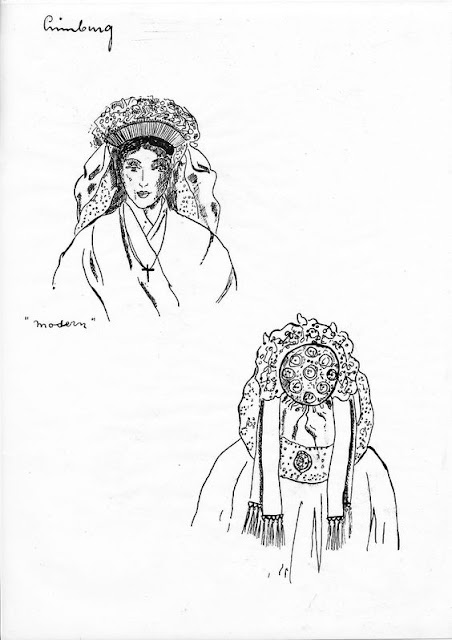
























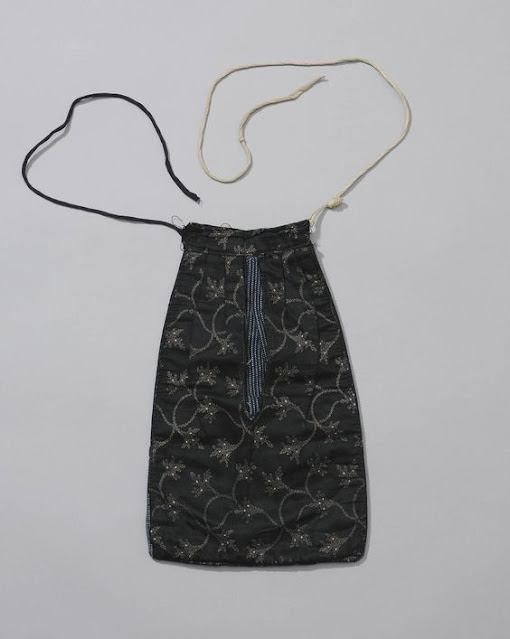
























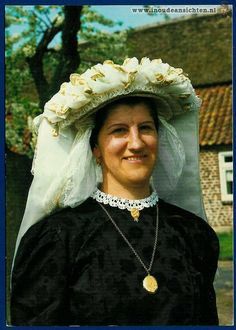

















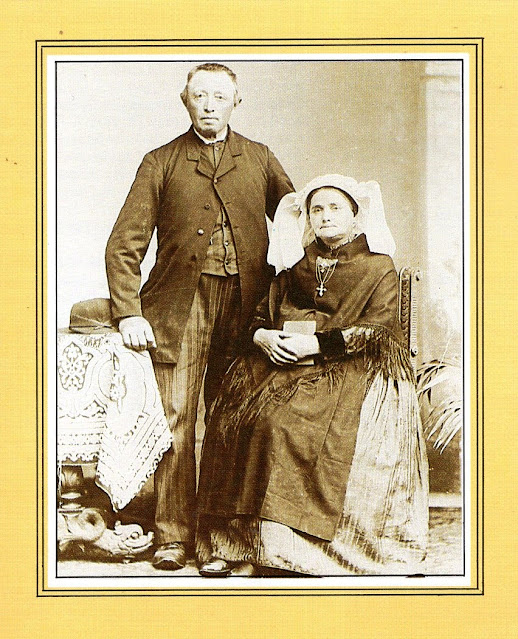








































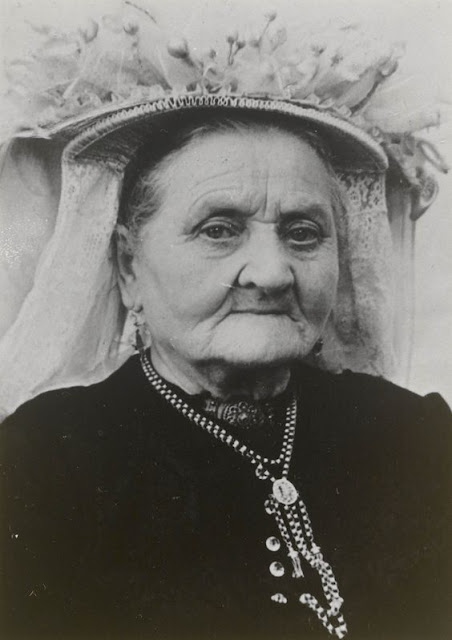




This comment has been removed by the author.
ReplyDelete"Exploring Groningen: A Hidden Dutch Gem Beyond Tulips and Windmills" offers an enticing invitation to discover the rich cultural tapestry and lesser-known delights of Groningen, showcasing a side of the Netherlands that extends far beyond its iconic symbols.
ReplyDeleteExploring Groningen
I ordered a hoodie from newessentialshoodiesaustralia.shop and was really impressed. The fabric is soft and comfy, the size fits just right, and shipping didn’t take long at all. Good quality for the price I’ll probably order again
ReplyDelete